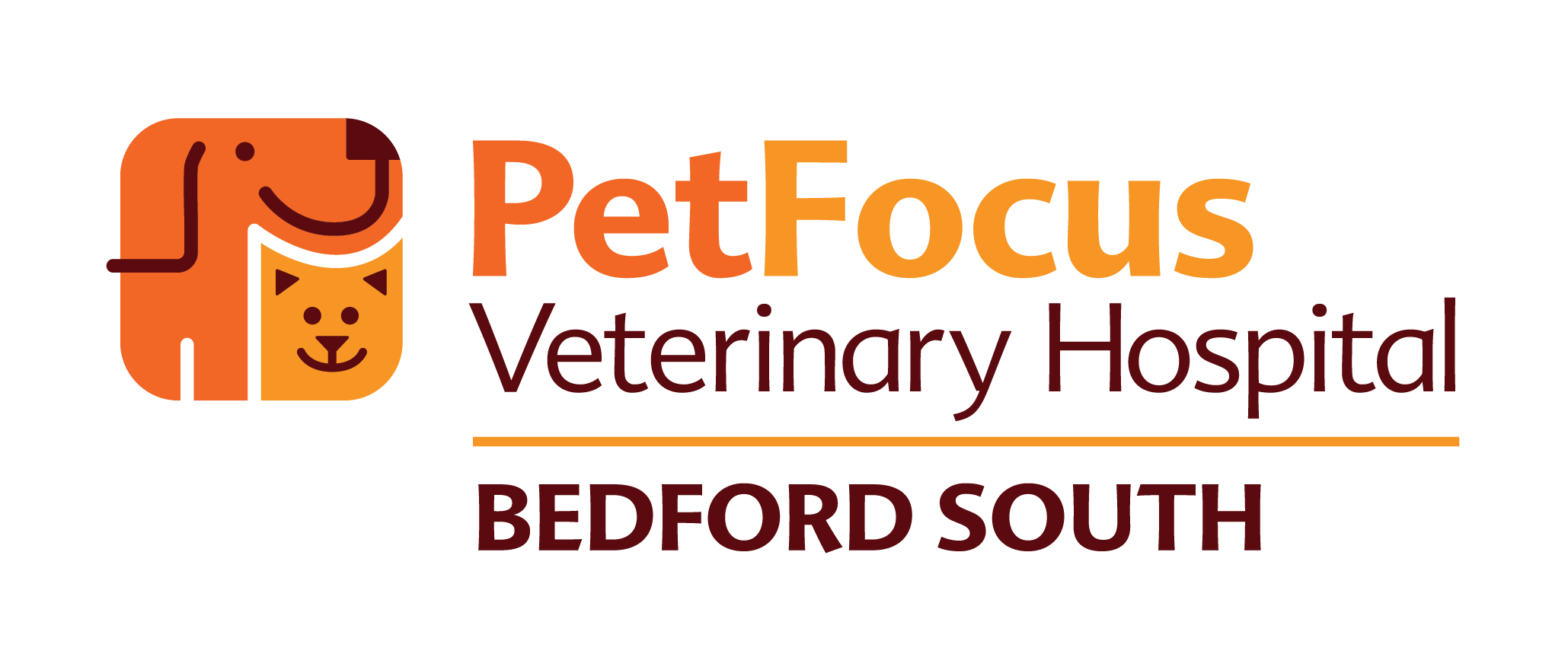Orthopedics are a big focus for us here at PetFocus Bedford South. More and more, animals are needing orthopedic surgery to help correct issues that arise during their lifetime. Problems that we may encounter sometimes start with occasional limping, “hand-standing” and emergency fracture repairs. Our goal is to get that animal back to their original athletic ability.
Our day starts bright and early. When we arrive at the clinic we start on setting up our equipment in surgery, and are soon greeted by our patient. Our goal, because this surgery is a lengthy one, is to make this experience as positive as possible for the owner and the patient undergoing surgery.
Once our patient is admitted to the hospital we give them a dose of medication not only to make them sleepy, but it lowers any anxiety that they may have. Once placed under general anesthetic, a series of radiographs are taken of the area we are going to operate on.
With most patients having surgeries involving the hind end we administer an epidural. This practice helps to manage pain before, during and after surgery, reducing some of the risk regarding anesthesia and works very well for our patients.
For any and all orthopedic surgeries, there are always a vast number of instruments and tools used during the procedure. These usually takes up two tables in our surgery suite.
Orthopedic surgeries can last anywhere from 30 minutes to 4 hours, sometimes longer. During the procedure there is a Veterinarian, surgical assistant and technician present with the animal. As a team we ensure the patient is comfortable, and the procedure goes as efficiently as possible.
Once the surgery is complete, the patient is again moved into radiology for a series of radiographs to evaluate the outcome of the surgery. Once our last radiographs are taken, we take the patient off their anesthetic and move them into a recovery zone where they will be monitored closely.
Our patients spend the night, and are discharged in the morning following a discussion regarding home care and rehab. Leaving, their leg is naked and they are left with the prominent “stamp” from their epidural placement where they were shaved. Most all our patients are walking when they leave the clinic, some may be toe touching while others are putting a lot of pressure on their surgery leg. We see our patients again 30 days post surgery to see how their walks are progressing, and than again 4 weeks after that for their final radiographs and lift of any restrictions.


